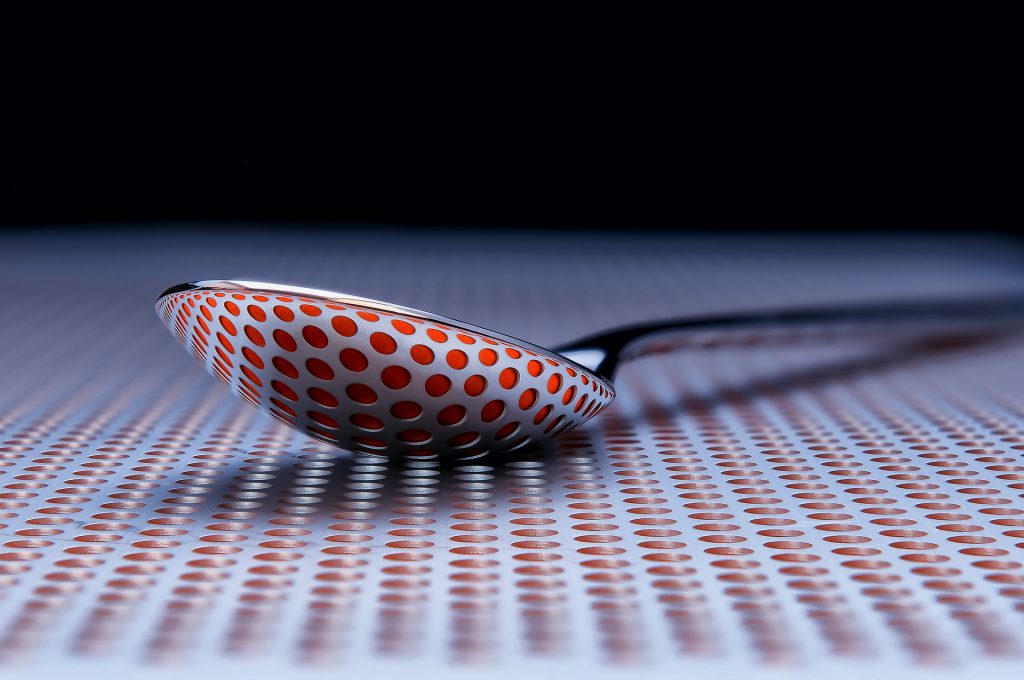Creativity is often closely associated with the arts, but it’s also present wherever we achieve uncommon ways of seeing, and overcoming the ordinary with uncommon thinking. The image above is a spoon, reflecting orange circles on a metal grate.
You were born creative and then the systems of social life make you cover it up. Fortunately, you can learn to tap into and release your creative energies. Creativity blends your experiences, the novel ideas that emerge from these experiences and your strategies for applying them. Creativity seems to be one of those characteristics that rely more on our hard wiring than others. And some people embrace and demonstrate creativity more readily than others. But for most, there is untapped potential that is available to be developed.
If any of the following behaviors are true of you or associates with whom you work, you will find exploring this competency of great value at EQDashboard.com:
- Struggles to think beyond what already exists
- Fails to see new opportunities
- Seems to miss or ignore underlying complexity of situations or how things connect
- Favors more conventional solutions
- Appears impatient with experimentation
Action learning tips and learning assignments on the job are a click away at EQDashboard.com.
You might also consider (a sampling of suggestions from www.eqedashboard.com):
Von Oech, Roger. A Whack on the Side of the Head: How You Can Be More Creative. New York: Business Plus, 2008. There also is an associated pack of cards, the “Creative Whack Pack.”
De Bono, Edward. Six Thinking Hats. New York: Back Bay Books, 1999. Cameron, Julia. The Artist’s Way. New York: Tarcher, 10th edition, 2002.
Michalko, Michael. Thinkertoys. Berkeley, California: Ten Speed Press, 2006.

Leave a Reply